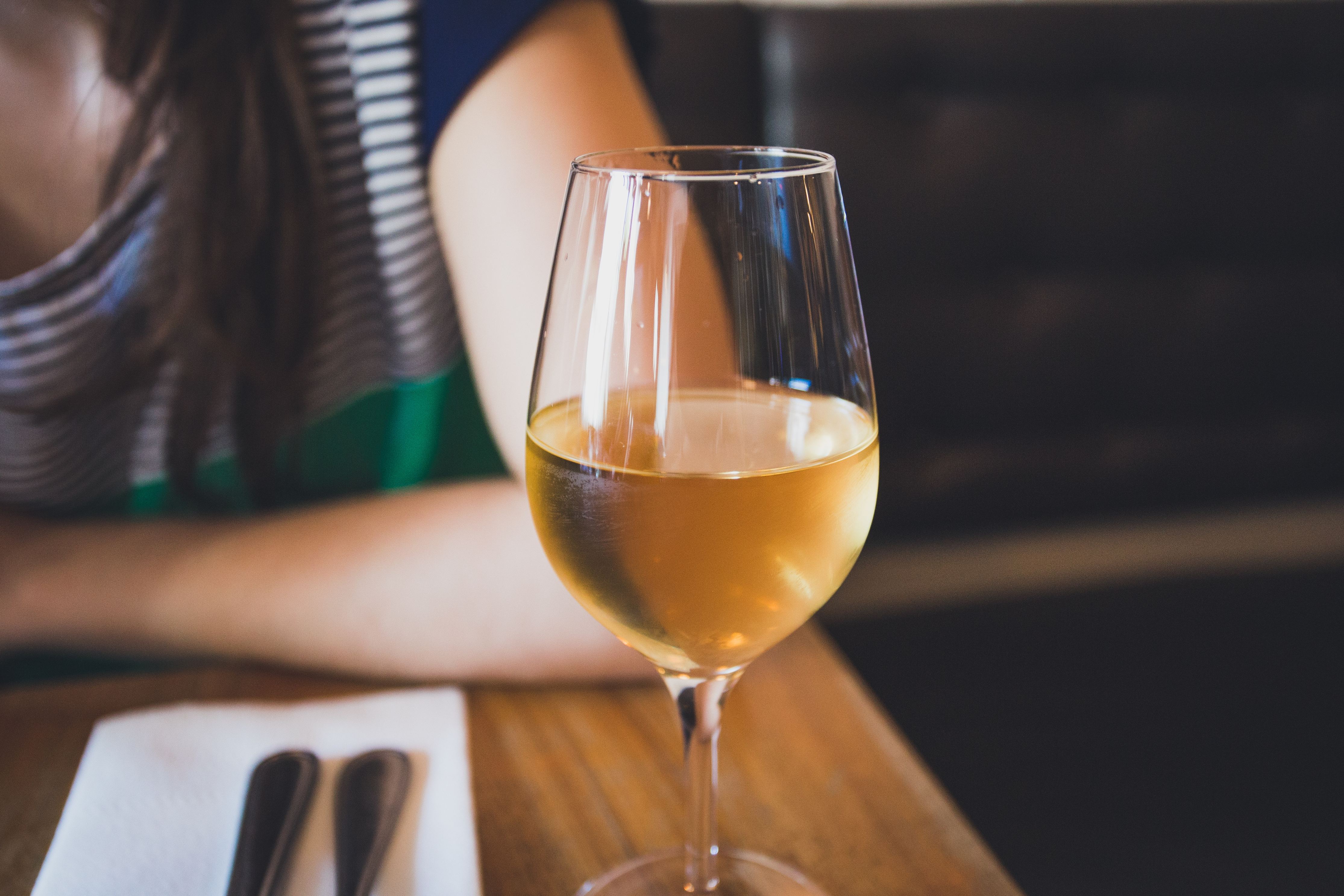If there’s one wine that can teach you a lot, it’s Chablis.
First, it's Chardonnay, a French grape that's become international and grown in pretty much every wine region in the world.
-
Chablis is almost always unoaked.
-
The main influence on flavor is kimmeridgian soil. This special limestone and chalk soil is loaded with fossilized mollusk shells and imparts the unique character on the wines from Chablis. Tasters might describe it as seashell, mineral, flint, or even wet wool.
-
There's no other Chardonnay (or wine) that tastes like it.
It's understanding the geographical aspect that's the wine education. Although grape variety plays a large part in a wine's expression, all great wines in the world reflect their individual place of origin. This is where the fun is and what truly differentiates wines from each other. It's easy to think of grape variety as identity but this overly simplistic approach contradicts the truth. It's also why most European wines are named by where they come from. You can grow Sangiovese in many places in Italy but you can only make Brunello in Montalcino.
Thinking along these lines, it's important to realize the "Chablis/Sancerre Connection".
-
While Chablis (Chardonnay) is from Burgundy and Sancerre (Sauvignon Blanc) is from the Loire, it's only 70 miles between the two villages and the wines share many similarities.
-
Both wines come from similar kimmeridgian soils. While the character of the fruit is different, grapefruit and gooseberry are apparent with the Sauvignon Blanc while Chablis expresses more lime and lemon, the telltale mineral is in the profile of both wines. This is evident in the wine's finish. Get past the primary fruit flavors and wait for the wine to reveal the savory soil notes.
-
Successful pairings at the table are similar. Oysters, clams, white fleshed fishes like flounder, or a salad with goat cheese are excellent with both Chablis and Sancerre.
-
If you like Sancerre, you'll probably enjoy a bottle of Chablis (even if you think that you don't like Chardonnay.)
Perception. In our market Sancerre is branded, people recognize it as a French wine they like while Chablis' name was stained when years ago mass market wines in California used it to attract customers, such as "Almaden Mountain Chablis." This has nothing to do with authentic Chablis, don't fall for the mislabeling.
Try an authentic Chablis. When you taste the difference and recognize that the place determines flavor this will lead to other discoveries which will increase your interest and enjoyment of wine.


Six Ways to Be A Better Drinker
Five Things to Know on International Sauvignon Blanc Day